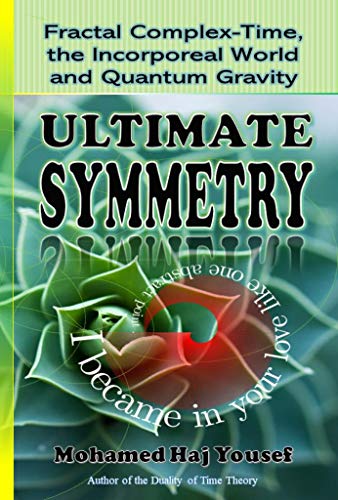I.1 Normal Symmetry and Classical
Physics
Physics theories that are designed to explain certain
phenomena are largely related to the initial conditions, which are often
arbitrary and unpredictable. Henceforth, symmetry can summarize these
regularities in limited sets of rules, or invariance laws, that are independent
of the dynamics of the system. Without these limiting symmetries, it is
impossible to deduce the laws of nature, at least because it would not be
possible to test the theory by repeating the experiments, at different places
and times, and yet expect the same results. Additionally, the laws of
conservation, that are direct consequences of symmetry, provide the possibility
of predicting or calculating how the system evolves in time.
The importance of symmetry in physics is not restricted to
the physical properties that can be symmetrical in many geometrical ways, such
as the arrangement of atoms in crystalline materials, or meteorological
patterns that are employed in forecasting the weather. More importantly is the
invariance of the laws themselves, so that the behavior of objects is not
affected when their coordinates are transformed by means of some symmetry
operations. The two leading theories of Relativity and Quantum Mechanics involve
crucial notions of symmetry in their fundamental principles. In Relativity, the
speed of light is invariant between all frames of reference, and this defines a
set of symmetrical transformations called Poincar group. The invariance of
physics laws, under arbitrary differentiable coordinate transformations, is
also one of the principles of General Relativity that we shall discuss in
Chapter III.

Figure
I.1: The atoms in crystalline materials are
arranged in a lattice with various symmetries that can be viewed as a regular
tiling of a space by a primitive cell.
Although it was not so clearly noticed until the beginning
of 20th century, symmetry was also important in Classical Mechanics, for
example in the principle of equivalence of inertial frames, or the Galilean
invariance. It was later discovered by Noether, symmetry always leads to
conservation laws. Although the conservation of momentum and energy were
fundamental in Classical Mechanics, no one had noticed that they are
consequences of the symmetries that underlay these laws. In Electrodynamics
also, Maxwell s equations have both Lorentz invariance and gauge invariance, as
we shall discuss further in section II.1.1.
In 1905, with the advent of Special Relativity, where the
invariance of the speed of light was one of its primary principle, together
with the invariance of physics laws. As a result, space and time obey Lorentz
invariance rather than the classical Galilean transformation. After ten years,
this was reinforced even more with the Principle of Equivalence in General
Relativity, which introduced the local symmetry of space-time that dictated how
the dynamics of gravity are linked with the deformations of space-time
geometry.
Nonetheless, the importance of symmetry in physics was more
evident in the second half of the 20th century after the development of Quantum
Field Theory that lead to the Standard Model of elementary particles. All
quantum field theories, such as Quantum Electrodynamics (QED) and Quantum
Chromodynamics (QCD), are based on gauge symmetry, as we shall discuss further
in section II.1.
In trying to unify the fundamental interactions, physicists
are relentlessly searching for new symmetries of nature. This implies that
there must be some intricate patterns of symmetry breaking, so that the current
groups are part of some larger local symmetries that could include gravity,
such as super-symmetry that has the ability of unifying bosons and fermions, or
forces and matter, into one single pattern, as we shall discuss further in
Chapter II, where we shall also see that, in addition to the familiar
symmetries, String Theory contains other mirror symmetry between geometric
objects called Calabi-Yau manifolds, which look geometrically different but are
nevertheless equivalent when employed as extra dimensions.



















